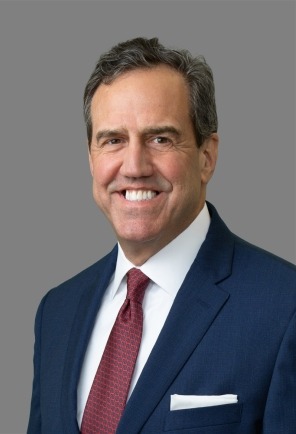Pivot to Recovery: Companies Have a Small Window Right Now to Transform Their Business Model
Economies worldwide are opening up as Covid-19 lockdown restrictions ease, but there will be no return to business as usual. Instead, CEOs find themselves with a unique and very short window of time to reset their business models to meet new customer expectations, and to emerge stronger in the future.
“Companies have to act, putting in place a simpler business model and cost structure based on future customer needs as well as everything they’ve learned they can live without over the past few months,” says Ron Orsini, Managing Director with Alvarez & Marsal (A&M). “The focus must be on customer-facing, revenue-generating parts of the business – how do customers want to be served now and what new differentiators can you offer?”
The biggest obstacle to corporate transformation in normal times is resistance to change – the belief that “you can’t change the engine while the plane is flying.” Now, fundamental change has been thrust upon companies, creating an opportunity to take ideas previously considered too extreme or disruptive and make them a reality.
For public companies, analysts and investors will expect a compelling vision of what organizations will do differently when they deliver their next quarterly earnings report. Carmaker Nissan for example, will close plants in Spain and Indonesia as part of an effort to save $3 billion annually, as the collapse in sales caused by the Coronavirus increased pressure on the company to scale back an unsuccessful international expansion.
Three key actions will help CEOs maximize this brief “reset” period between lockdown and full recovery. First, have a plan and the right team in place to ramp up the business and take the company forward; second, rethink the business model through an enterprise-wide assessment, and third, use the opportunity to make transformational changes that seemed unfeasible in the past.
The Road to Recovery
With government response policies still evolving, companies must implement detailed yet flexible plans to reopen their operations. This means adapting to key changes in how they operate – employees working from home or distancing measures in physical stores, for example. Some changes made during the lockdown will be just as vital in reset and recovery. Zero-base budgeting to adjust for new demand levels, for example, and a cash culture mindset, in which ‘return on cash’ is the key investment criteria over more traditional return-on-investment measures will be important during this period.
CEOs must lead the overall execution of the plan and drive the necessary changes in a hands-on way, with the various workstreams then led by the most senior executives in those areas of the business. Beyond the immediate and necessary changes, CEOs must also be sure they have the right team in place to succeed in the post-pandemic world. If there is a lack of transformation experience among leaders, external hires or advisors should be brought in.
“Primarily, this means identifying people who have experience with digital tools that support greater e-commerce and a virtual workforce,” says Mr. Orsini. “The COVID-19 crisis has served as an unwelcomed stress test for every organization on their digital readiness, and the big change from the past is going to be connecting with customers, employees and suppliers in different ways.”
Identifying New Priorities
No one knows exactly what the economic recovery will look like, but leaders cannot be overwhelmed by uncertainty to the point of inertia. Instead, they must start with the knowledge that customers will be buying differently and listen intently to them and to supply chain partners to understand rapidly changing markets. Strategies are always evolving, but at this time, companies must be more nimble than ever.
With as much knowledge as they can gather about the new market dynamics, companies should then make an objective, company-wide assessment of their strengths and weaknesses, to identify where the greatest opportunities lie. In service industries for example, this could mean scrapping plans to expand physical footprints and a new focus on virtual connections with customers. In the oil and gas sector, for example, producers may have to wind down operations they were previously hoping to sell.
As companies redefine their strategy, they must also adjust their cost structure and organizational design. The most effective way to do this is with a “clean sheet of paper” approach – if the company were starting today, how would it organize and what would it spend money on?
In recent work carried out by A&M with a consumer goods client, similar analysis led to the decision to renegotiate more than 500 leases, close stores, reduce headcount by 25 percent and move advertising spending from TV to online channels. The changes improved earnings immediately and helped put the company on a sound footing for future growth.
The Next Level
As the example shows, some of the realities that come to light in an enterprise-wide assessment will force leaders to make significant but unpopular decisions. Some may be actions they have been putting off for a long time, such as overhauling back-office functions, consolidating divisions, or shuttering low volume or unprofitable service lines and geographic markets, while others will be new changes they hadn’t previously considered.
“Now is the time to factor in the new reality plus all your previous ideas about where profitable growth would come from,” says Mr. Orsini. “For example, digital investment will likely be at the top of the list. Companies have hesitated because of the long-term nature of the investment and the difficulty of quantifying payback. But this is going to be the customer-facing, revenue-generating part of the business for a lot of companies.”
“People are expecting change,” he adds. “This is a difficult time, but it’s unique – it’s an opportunity like never before.”
Click here for a PDF of the newsletter >
Stay informed about the key issues driving companies to seek meaningful, lasting change in From the Inside Out, our corporate transformation newsletter.


